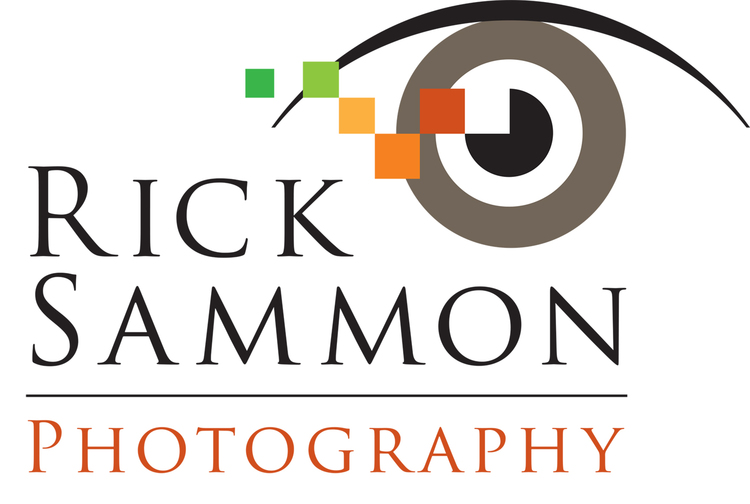Above is one of my favorite HDR images. I use it in my seminars to illustrate the importance of capturing the entire dynamic range of a scene - taking enough exposures over and under the 0 EV setting to capture that range, as well as what happens when you don't.
The image above was created with Photomatix - with a touch of Topaz Adjust. You can save 15% when you order Photomatix by using this code: ricksammon.
Above: Adobe Bridge screen grab that shows my five images from my HDR sequence. From experience, I knew I had to take that many exposures to capture the entire dynamic range of the scene.
Above: Adobe Bridge screen grab that shows three images from another HDR sequence. From experience, I knew the results would be poor, as illustrated below.
Right (3 exposure HDR) - look what happens where the shadows meet the highlights. The contrast range is too strong for a smooth transition. Also note that the rocks on the hill in the background are overexposed.
Left (5 exposures) - look what happens where the shadows meet the highlights . . . a much smoother transition. And check out those rocks in the background.
Now don't get me wrong. Sometimes, three exposures will do the trick perfectly - if the contrast range is not extremely wide. Just remember that the wider the contrast range, the more exposures you need to take. Sometimes, six, seven, eight or even nine exposures is required. And, sometimes two exposure will be enough. It's all about contrast.
For more info on HDR, see my app: Rick Sammon's iHDR.
Explore the light,
Rick
P.S. For a discount on the HDR programs I use, Photomatix and HDR Efex Pro, click here.
